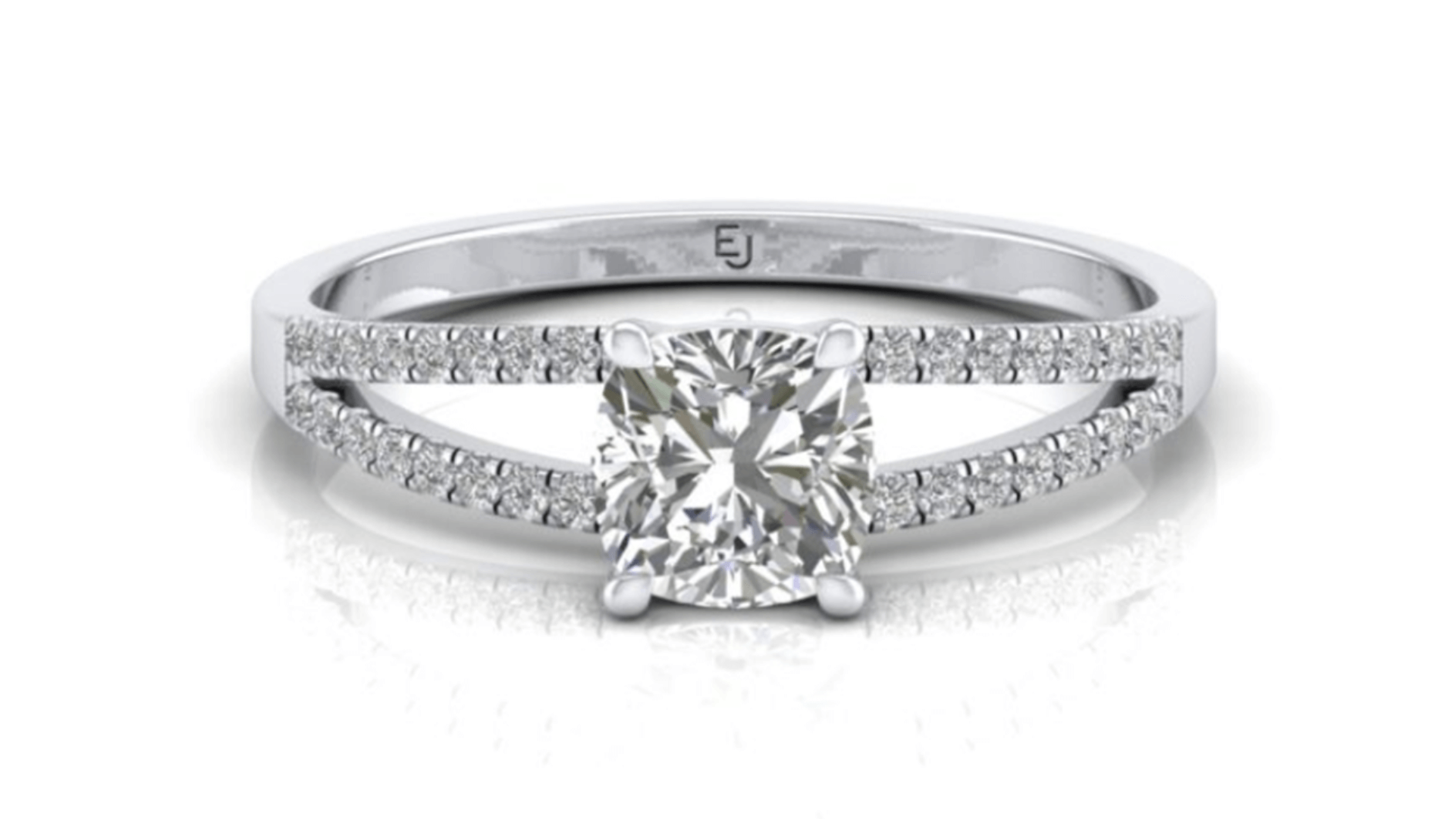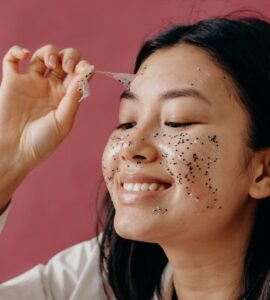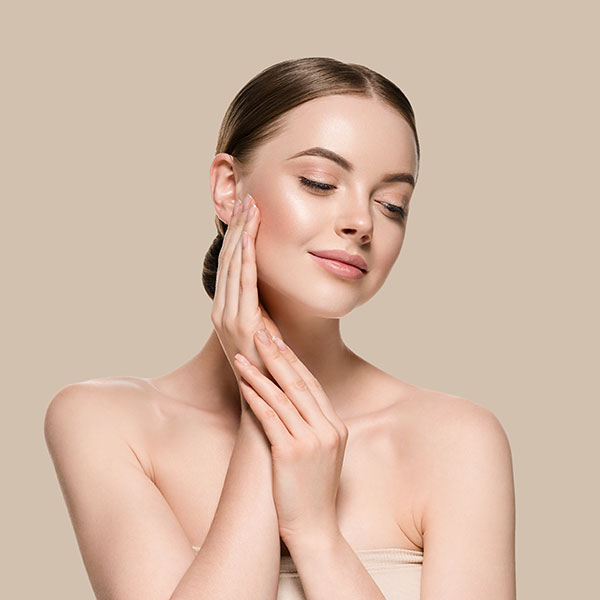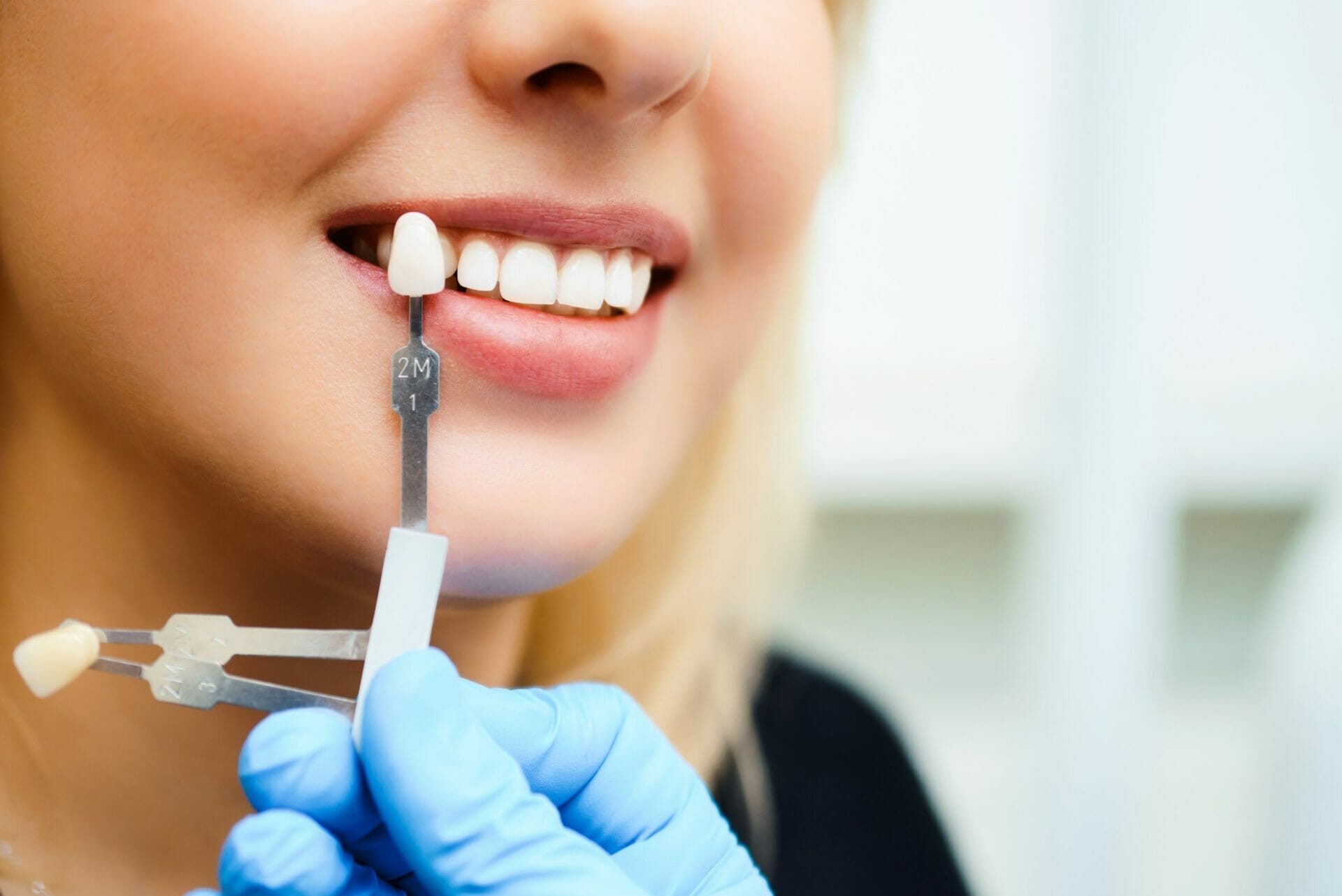
Ring Size Guide: Finding the Perfect Fit
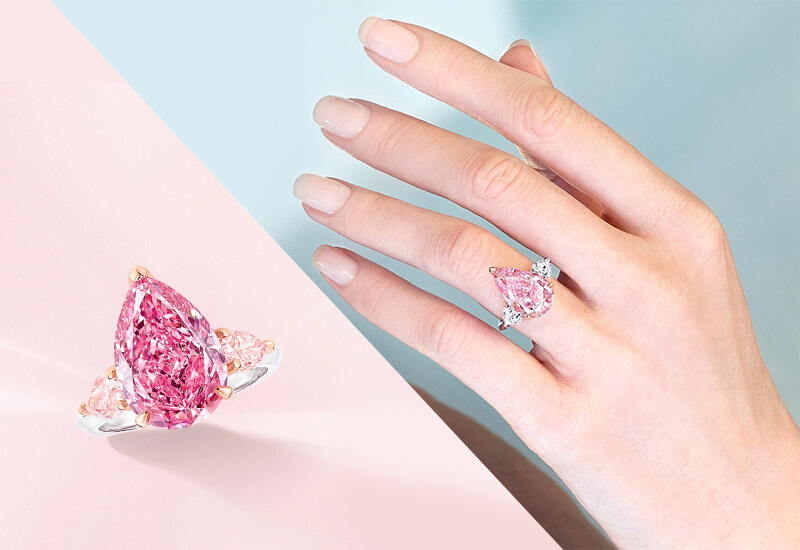 Posted On
Posted On
When it comes to buying a ring, whether it’s for an engagement, wedding, or simply a special occasion, the right ring size guide is crucial. Getting the size wrong can result in an uncomfortable fit or even losing the ring altogether. Fortunately, there are several methods to determine the correct ring size for yourself or a loved one.
Table of Contents
Understanding Ring Sizing
Ring sizes are typically measured in whole and half sizes, and the measurement is based on the circumference of the finger or the inner diameter of the ring. In many countries, ring sizes are standardized using a numerical system. For example, in the United States, sizes usually range from 3 to 13 for women and 7 to 15 for men, while in Europe, the size is often represented by the circumference in millimeters.
Methods for Measuring Ring Size
One of the most accurate ways to determine your ring size is by visiting a professional jeweler. Jewelers use a set of sizing rings that can be tried on to find the perfect fit. However, if you’re shopping online or want to measure at home, there are simple methods you can use.
The first method involves wrapping a strip of paper or a string around the finger where the ring will sit. Mark the point where the paper or string overlaps, then measure the length with a ruler. Use this measurement to find the corresponding ring size. Alternatively, you can use a ring sizer tool, which can be purchased online and will provide an accurate measurement.
Tips for Accurate Ring Sizing
Keep in mind that finger sizes can change due to factors like temperature, time of day, and even weight fluctuations. For the best fit, measure your finger at the end of the day when it is at its largest. Additionally, consider the width of the ring. Wider bands may require a slightly larger size for comfort, while thinner bands tend to fit more snugly.
Lab-Made Diamonds: The Future of Sparkle
Diamonds have long been regarded as the ultimate symbol of love, luxury, and commitment. But recently, a new trend in the diamond industry has emerged: lab-made diamonds. These diamonds, also known as synthetic or cultured diamonds, are grown in a laboratory rather than being mined from the earth.
What Are Lab-Made Diamonds?
Lab-made diamonds are chemically identical to natural diamonds, with the same crystal structure, physical properties, and appearance. The key difference is that lab-made diamonds are created through advanced technological processes, such as High Pressure High Temperature (HPHT) or Chemical Vapor Deposition (CVD). These processes replicate the natural conditions under which diamonds form deep within the Earth, allowing scientists to create diamonds in a controlled environment.
Advantages of Lab-Made Diamonds
One of the primary advantages of lab-made diamonds is their environmental and ethical benefits. Unlike mined diamonds, which can contribute to environmental degradation and human rights issues, lab-made diamonds are created with a significantly smaller carbon footprint. They also offer a more ethical alternative, as their production doesn’t rely on exploitative labor practices that can be associated with diamond mining.
Lab made diamonds are also more affordable than natural diamonds. While the price can still vary based on size, cut, and quality, lab-made diamonds typically cost 20-40% less than their mined counterparts. This price difference makes them a popular choice for those seeking a beautiful, sustainable diamond without breaking the bank.
The Beauty of Lab-Made Diamonds
Lab-made diamonds offer the same brilliance, clarity, and sparkle as natural diamonds. Whether you choose a classic round cut, an elegant princess cut, or any other style, you can expect the same level of visual appeal. Many jewelers now offer a wide selection of lab-made diamonds, making it easy to find one that suits your taste and budget.
For consumers who prioritize sustainability and ethical considerations, lab-made diamonds present an appealing choice. They are an eco-friendly and conscientious option without compromising on beauty or quality, making them an increasingly popular choice for engagement rings and fine jewelry.
Conclusion
When shopping for a ring, understanding your ring size and exploring your diamond options is essential for making a choice you’ll cherish for years to come. A well-fitted ring and a stunning lab-made diamond can create a piece of jewelry that reflects your personality and values. With a clear guide to determining the right size and an awareness of the benefits of lab-made diamonds, you’re on your way to finding the perfect ring for any occasion.

